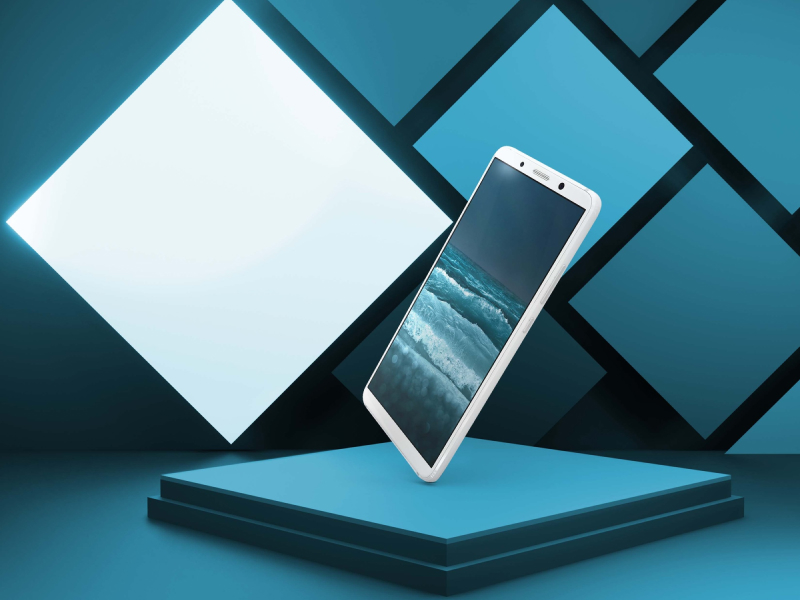The Internet of Things (IoT) is one of the most rapidly advancing technologies, with global investment reaching $1 trillion by 2022, and profound implications for various sectors, including web development and design. Organizations must understand the integration of IoT into these domains.
Impact on web development
Resilient backend
The integration of IoT into web development fundamentally transforms the backend infrastructure of applications, improving the resilience and adaptability to handle the influx of connected devices. Traditionally, backend development focused on data storage and query handling, but with IoT, this aspect becomes even more critical as the volume of data generated by interconnected devices surges.
According to recent data, the number of IoT devices is projected to reach 30.9 billion units by 2025. As more devices connect to websites and interact with their services, the backend architecture must evolve to accommodate this surge in traffic and data processing requirements.
The efficiency of backend development in the IoT era is paramount. When leveraging IoT technologies, web developers can simplify data processing pipelines, optimize database management systems, and implement real-time analytics for actionable insights. This improved backend resilience means websites can deliver exceptional user experiences, even under heavy loads and fluctuating demand.
Improved privacy & security
Privacy and security concerns are paramount nowadays, and the integration of IoT into web development introduces new challenges and opportunities in safeguarding user data and mitigating cyber threats.
One of the key advantages of IoT in web development is its ability to improve website security through comprehensive device monitoring and data analysis. With IoT-enabled sensors and actuators, web developers are able to detect anomalous behavior patterns, unauthorized access attempts, and potential cybersecurity breaches in real-time.
Recent studies have shown that businesses are increasingly investing in IoT security solutions, with global spending on IoT security expected to exceed $6 billion in 2024.
Customer support with chatbot integration
Chatbot integration into websites has become increasingly prevalent, driven by the capabilities of IoT. These chatbots can offer personalized customer support experiences.
With IoT, chatbots can access real-time data from connected devices, letting them provide more accurate and contextually relevant assistance to users.
Efficiency in support processes
IoT-enabled chatbots boost support processes by automating repetitive tasks and providing instant responses to user inquiries. This efficiency reduces the workload on human support agents while giving a consistent and timely customer support experience.
Designing intuitive and user-friendly interfaces for IoT
Creating intuitive and user-friendly interfaces is a modern essential. With the proliferation of IoT devices, users expect easy interactions that require minimal effort and deliver maximum utility.
The demand for intuitive interfaces stems from users’ growing familiarity with technology and their heightened expectations for good experiences. Studies reveal that 88% of online consumers are less likely to return to a website after a bad experience, highlighting the importance of user-centric design.
To achieve intuitive interfaces, web developers adhere to best practices in web design tailored for IoT applications. This includes implementing responsive design principles for compatibility across various devices and screen sizes.
Accessibility is a core tenet of user-centric design, so interfaces are usable by individuals with diverse abilities. IoT developers prioritize accessibility features such as screen reader compatibility, keyboard navigation, and color contrast adjustments. When fostering inclusivity, developers create interfaces that cater to a broader audience and uphold principles of equity and diversity.
Impact on web design
High bar for entry
The integration of IoT into web design has significantly elevated the skill requirements for web designers. Traditionally, web designers focused on creating visually appealing layouts and interfaces, often relying on HTML, CSS, and basic scripting languages. However, with the advent of IoT, the game has evolved, demanding proficiency in coding, programming, and database administration.
Hybrid teams for software development
The complexity of IoT-driven projects has shown the importance of collaboration between web designers and IoT developers. Unlike traditional web development projects, IoT initiatives require interdisciplinary teams with expertise in both web design and IoT technologies.
Increase in overall level of difficulty
Integrating IoT into web development projects introduces new complexities and challenges, necessitating innovative approaches to project management and development cycles. Unlike traditional web development, IoT initiatives require comprehensive infrastructures, real-time data processing capabilities, and stringent security measures.
Key takeaways
The Internet of Things presents unprecedented opportunities and challenges for web development and design. Embracing IoT integration can improve user experiences, drive innovation, and unlock new possibilities. However, it also necessitates a deep understanding of emerging technologies and a commitment to addressing security and scalability concerns effectively. When leveraging IoT effectively, businesses can stay ahead and deliver compelling web experiences tailored to user needs.





